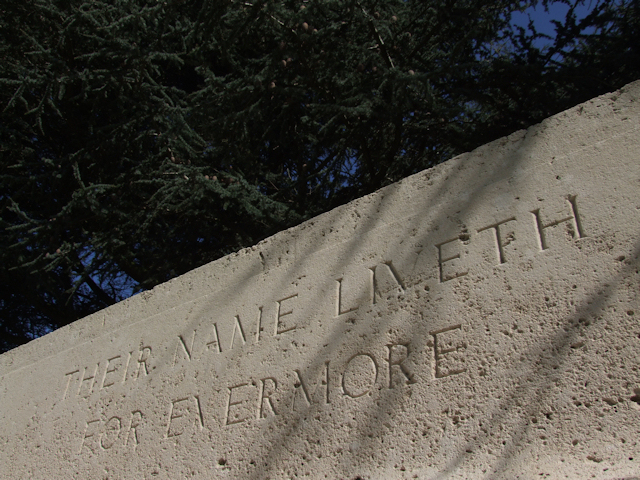Name
George Windmill
Conflict
First World War
Date of Death / Age
Rank, Service Number & Service Details
Awards: Service Medals/Honour Awards
Not Yet Researched
Cemetery/Memorial: Name/Reference/Country
Headstone Inscription
Not Researched
UK & Other Memorials
Biography
George Windmill was born on 15th March 1882 at Park Street, near St Albans. He was one of six children (four sons and two daughters) born to Amos and Elizabeth Windmill. At the time of the 1891 Census the family lived at Breakspear Road, Abbots Langley, and they remained in the same area through until after the 1911 Census, where they were recorded living at Number 71. Amos worked as a Brick-layer. In the 1901 Census George was recorded working as a Carpenter’s Apprentice and was still living at the family home. However on 24th March 1906 he married Daisy Mead, and by the time of the 1911 Census the family included three children (two sons and a daughter), and lived at 65 Breakspear Road. George worked as a Carpenter. A second son was born on 19th February 1912.
George’s Army Pensions Record noted that he attested to the Royal Engineers at Watford on 19th February 1916. At the time he was employed as a Carpenter by Payne Brothers of Leavesden. He was mobilised on 1st November 1916 at Chatham with the rank of Sapper.
George was recorded in the Abbots Langley Parish Magazine Roll of Honour for the first time in January 1917, serving with the Royal Engineers, and was recorded with this unit each month through to the end of the War.
After a period of training at the Royal Engineers Training Centre at Deganwy near Llandudno in North Wales, George was transferred to the 8th Battalion of the North Staffordshire Regiment and sent to France on 8th September 1917. He was admitted to hospital in France suffering from a nervous disorder – neurasthenia – caused by enemy action. He was treated at No 8 Canadian Hospital, No 11 General Hospital, No 93 General Hospital and the depot Hospital at Trouville before returning to the Royal Engineers (RE) on 12th December 1917.
The National Roll of the Great War indicated that he was in action at Ypres and at Passchendaele, and was wounded and suffered from shell shock, and information received from family sources explained that he suffered from the effects of Mustard Gas
On 14th January 1918 George joined No 4 Siege Battalion Base Depot, and on 14th August 1918 was recorded serving at the Royal Engineers Base Depot. After the cessation of hostilities he was transferred to 1503 Artisan Works Company of the Royal Engineers. Artisan Works Companies comprised men from the Royal Engineers with specific skills, such as carpentry.
George was sent for a Medical Examination on 21st January 1919, and was demobilised to 65 Breakspear Road, Abbots Langley on 23rd February 1919.
George survived the War, as did his brother Joseph, and his brothers in law Albert, Arthur and Walter Mead. However his brother John was gassed during the German Spring Offensive in 1918. He returned to England and subsequently died on 5th September 1920.
Acknowledgments
Roger Yapp - www.backtothefront.org



